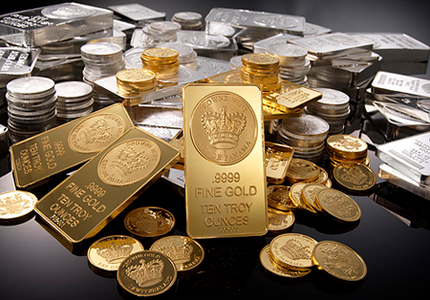Precious Metals
Precious metals are those that are considered to be rare and/or of high economic value. They are metallic chemical elements, and chemically speaking, are less reactive than most other elements. The higher relative values of these metals are driven by a various number of factors including their rarity, purity, uses in industrial processes and use as an investment commodity.
The gold and silver coinage metals are probably the most well-known of those classified as Precious Metals; however, they are heavily used for industrial applications. While both gold and silver have industrial uses, they are better known for their uses in art, jewelry and coinage. Kitco, one of the leaders in the industry, dedicates an entire division of their business to offering precious metals for industrial use. Another major company providing related products and services for industrial and commercial use is Barclays, an established and well-known financial institution throughout the world.
There are many other metals that are considered precious, for example those included in the the platinum group metals: ruthenium, rhodium, palladium, osmium, iridium, and platinum, of which platinum is the most widely traded. The demand for precious metals is driven not only by their practical use but also by their role as investments and a store of value.
Historically, precious metals were important as currency, but are now considered more for investment or as an industrial commodity and have commanded much higher prices than common industrial metals.
Precious metals in bulk is known as Bullion. The Purity of Precious Metals varies in levels of the Purity. Many Nations mint Bullion Coins, bars, and mini-bars in varous mass weights. The economic use of gold and silver, and other precious metals, is an important consideration.


Thanks for the simple and straight forward explanation of precious metals. I don’t know anything about precious metals, and this helps a lot.
Steve